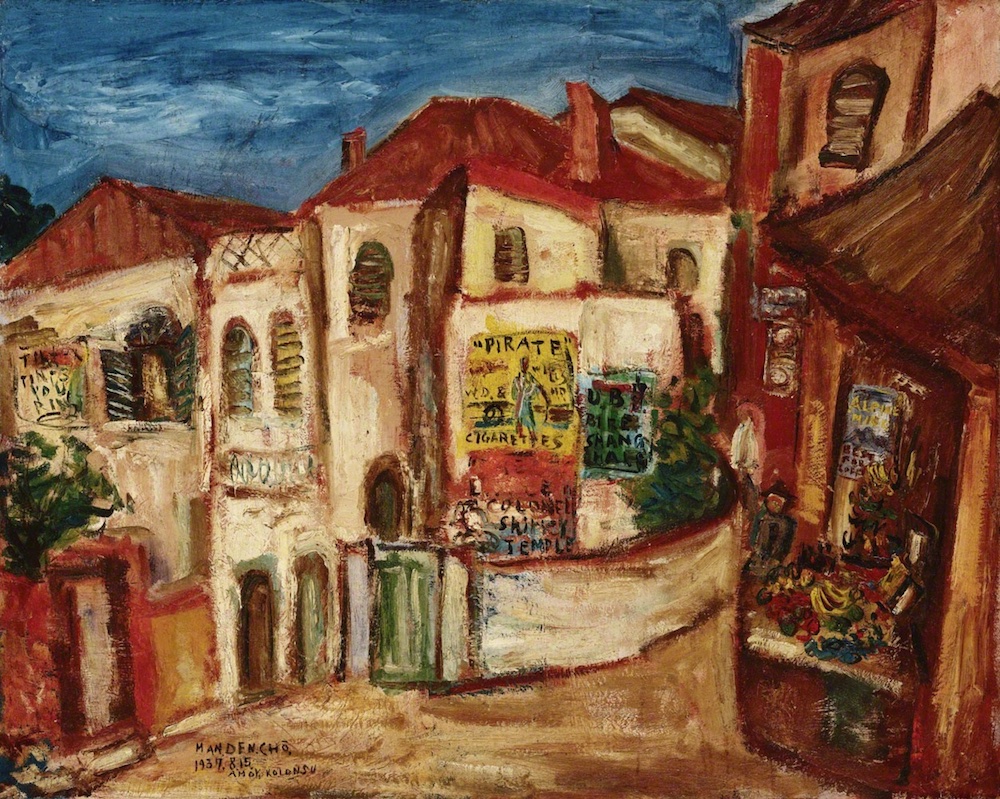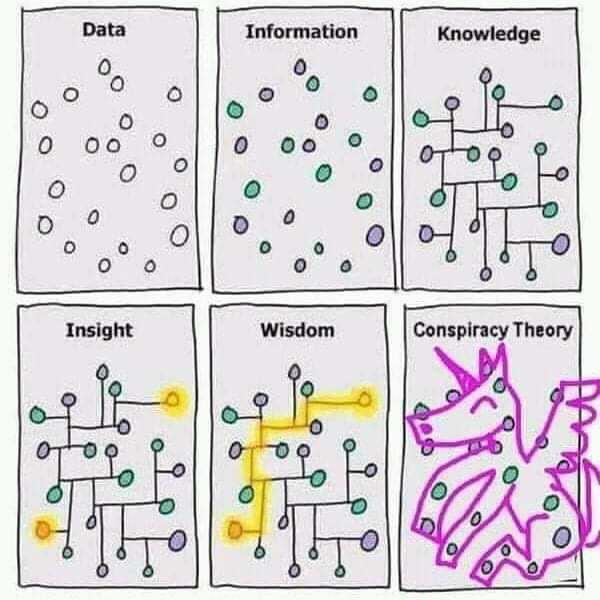Chinese attack / barrage
[This is a guest post by Mark Swofford]
I recently stumbled upon a slang term from World War I: "Chinese attack," or sometimes "Chinese barrage." Perhaps LL readers would be interested in this and might even have some info on its origins.
One website on the war gives the following definition of "Chinese attack":
"a faked attack. When a preliminary bombardment ceased, the defending troops would return to their trenches to meet the presumed attack, whereupon the artillery would start firing again and catch the defenders out of their shelters."
The term appears to have been adopted primarily by the British.
I haven't been able to discern, though, why "Chinese" was used, and if this was meant as a compliment or a slur to the Chinese — or perhaps was simply considered neutral.
Read the rest of this entry »
AI cat and mouse robot censorship war
Now it's getting interesting:
"China’s internet police losing man-versus-machine duel on social media"
Stephen Chen, SCMP (11/14/21)
Hordes of bot accounts using clever dodging tactics are causing burnout among human censors, police investigative paper finds
Authorities may respond by raising a counter-army of automated accounts or even an AI-driven public opinion leader
Read the rest of this entry »
Data, information, knowledge, insight, wisdom, and Conspiracy Theory
The relationships among these different types of knowing has always been something that intrigued me. Now it's all spelled out diagrammatically:
Read the rest of this entry »
Towards a grammar of rhythm
Hassan Munshi has been working on text setting in Arabic music. An important piece of the problem is how to represent the musical rhythms involved, and it's worth noting that (as with classical Greek, Latin, and Persian meters) the musical and poetic meters are founded on the same principles and have the same names. Hassan pointed me to an overview at MaqamWorld, which explains "Arabic Rhythmic Cycles":
Arabic music is composed over rhythmic cycles called iqa‘at (singular iqa‘), which are patterns of beats that repeat every measure. A composition can switch back and forth between many different iqa‘at. Each iqa‘ is defined using a prototypal measure and the two basic sounds: dum (bassy and sustained) and tak (dry and sharp).
The notated iqa‘ is meant to be a skeleton or a prototype for how to perform it. In practice, percussionists ornament an iqa‘ (flesh it out) with additional beats: dum-s, tak-s and whatever other sounds the instrument is able to produce. That ornamentation depends a lot on the genre of Arabic music, the desired arrangement aesthetic, the instrument itself, the size of the rhythm section, and on the percussionist’s personal style.
For each iqa', MaqsumWorld provides a notation of the basic pattern, some musical examples, and a "tabla demonstration" in which a drummer illustrates the process of "ornamentation". For Iqa' Maqsum, this is the basic pattern:

And this is the tabla demonstration by Faisal Zedan:
Read the rest of this entry »
The linguistic origins and affiliations of Zen
In the fifth comment to "Artistic Sinograph: Buddha" (11/11/21), stephen reeves says he'd like to hear about the origins of Zen. This has always been one of my favorite topics, so I'm more than happy to tell it.
"Zen" entered the English lexicon already by 1727. Here's a succinct, serviceable, popular explanation of its derivation:
Source: American Heritage® Dictionary of the English Language, Fifth Edition.
*The same thing happened with the Chinese transcription of "Buddha", as we saw in the previous post. The Chinese have a low tolerance for maintaining the full transcriptions of words from other languages, usually shortening them by one or more syllables.]
Read the rest of this entry »
Artistic Sinograph: Buddha
On the wall of an apartment complex in Dali, Yunnan, southwestern China:
Read the rest of this entry »
Bizarre anime adaptation
Congressman Paul Gosar (R-Arizona) recently posted a strange "anime" video on Twitter. The tweet has since been deleted after widespread criticism of the violence it depicts (including attacks on President Biden and Rep. Alexandria Ocasio-Cortez), but the video is still available on YouTube.
Read the rest of this entry »
Womanless
Photograph of a work of art in a Berlin gallery, taken by Johan Elverskog:
Jia. One Hundred Women, 2016. Acrylic on canvas, 78 3/4 x 78 3/4 inches
Read the rest of this entry »
Nominations for Japanese words of the year
Mezurashii / めずらしい / 珍しい ("amazing; wonderful; rare"). Love 'em! Such creativity! Such imagination!
"Japan’s Words of 2021: Nominees Announced for Annual List"
Language Nov 4, 2021
On November 4, the publisher Jiyū Kokumin Sha announced its list of nominees for the words and phrases best representing the year 2021. Our complete list of the nominees with explanations.
New Words for a Pandemic Year
Each year Jiyū Kokumin Sha, the publisher of Gendai yōgo no kiso chishiki (Basic Knowledge on Contemporary Terminology), an annual guide to the latest terms in use in the Japanese language, holds its contest to decide the Words of the Year. For 2021, the nominating committee selected a list of 30 terms that have made themselves a part of the spoken and written landscape in Japan this year.
….
Read the rest of this entry »
Word of the day: Agnotology
Cecilia Tomori, "Scientists: don’t feed the doubt machine", Nature 11/2/2021:
Throughout the pandemic, I’ve been saddened at how science has been hijacked. Arguments around herd immunity exemplify this: proponents claimed that acquiring immunity by infection was fine for most people and also that communities were well on their way to achieving herd immunity. The messages downplayed dangers for those with high risks of exposure or severe illness. Technical arguments over infection rates silently cemented the assumption that disabled or immunocompromised people did not merit collective protective action; nor did the workers whose jobs required dangerous public contact.
Although many scientific champions did provide appropriate context, I watched several respected colleagues step into debates on when, or if, society would reach herd immunity without realizing that the discussion was not simply a scientific debate. Their too-narrow focus unintentionally helped to promote controversy and doubt, and that ultimately impeded an effective public-health response. The same happened around mask use, vaccination and school policies. This helped to shift public opinion on which public-health measures were ‘acceptable’: the fewer the better.
The field of agnotology (the study of deliberate spreading of confusion) shows how ignorance and doubt can be purposefully manufactured. Famous scholars include David Michaels, Marion Nestle and Naomi Oreskes. In September, Katharine Hayhoe, chief scientist at the Nature Conservancy, a non-profit organization based in Arlington, Virginia, quoted environmentalist Bill McKibben on Twitter in regard to climate change: “We spent a long time thinking we were engaged in an argument about data and reason …. But now we realize it’s a fight over money and power.” Hayhoe elaborated: “‘Objections’ were always, entirely, professionally, and verrrry cleverly couched in scientific terms. They [industry] focused their lasers on the science and like cats we followed their pointer and their lead.” Some elements of manufactured doubt in this pandemic might seem fuzzier, especially when vested interests are not always clear. Nonetheless, the same lessons apply.
Read the rest of this entry »
Translanguaging again
(This morning's post offers a bit of mostly-lexicographical follow-up to "Translanguaging", 5/4/2018…)
The verb "to translanguage", glossed by Wiktionary as "To make use of multiple languages in a single discourse", apparently emerged several decades ago in discussion of language policy and education in Wales, and has been widely used since then, both as a verb and a noun, in publications on language instruction. A separate coinage seems to have occurred in naming "The Translanguage English Database", documented in this 1994 paper and published in 2002 by the LDC and ELRA. (My memory is that this collection was originally referred to as "The Terrible English Database", with the name later changed to preserve the TED acronym while avoiding the offensively evaluative adjective…)
The participle "translanguaging", which Wiktionary glosses somewhat oddly in its nominal form as "The dynamic process whereby multilingual language users mediate complex social and cognitive activities through strategic employment of multiple semiotic resources to act, to know, and to be", seems to have become even commoner in the literature indexed by Google Scholar.
Despite their relatively widespread usage, neither of these words has had its (metaphorical) "Word Induction Ceremony", at either the Oxford English Dictionary or Merriam-Webster.
Read the rest of this entry »



